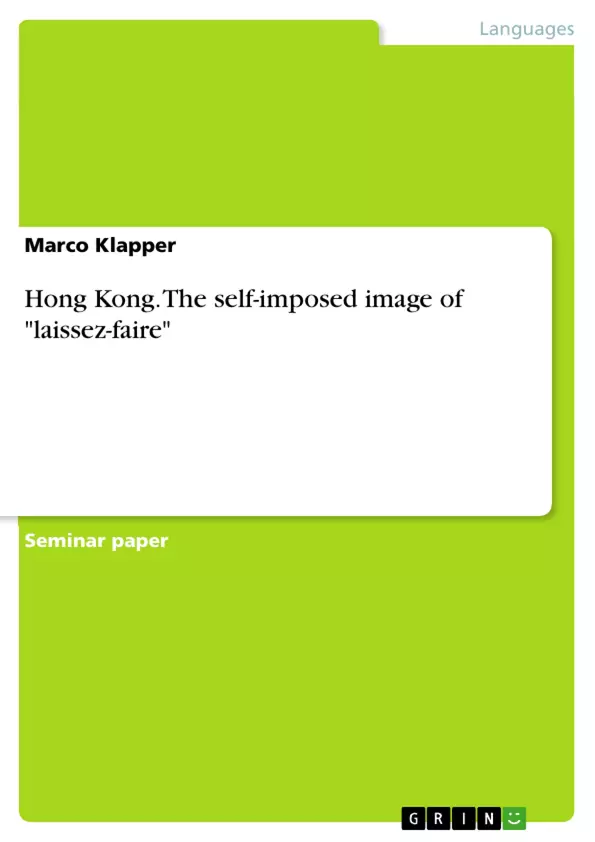The former British colony of Hong Kong is frequently cited as a classic example of limited government and free market capitalism. The island is widely considered to be one of the last bastions of free enterprise, and by governmental measures the least regulated marketplace. In many papers, Hong Kong is therefore referred to as a so called "laissez-faire" system. This paper examines to what extent the nature of laissez-faire can in fact be accounted for in colonial but especially post-colonial Hong Kong politics.
You will find a text preview here soon.
Excerpt out of 16 pages
- scroll top
- Quote paper
- Marco Klapper (Author), 2009, Hong Kong. The self-imposed image of "laissez-faire", Munich, GRIN Verlag, https://www.grin.com/document/143167
Look inside the ebook



